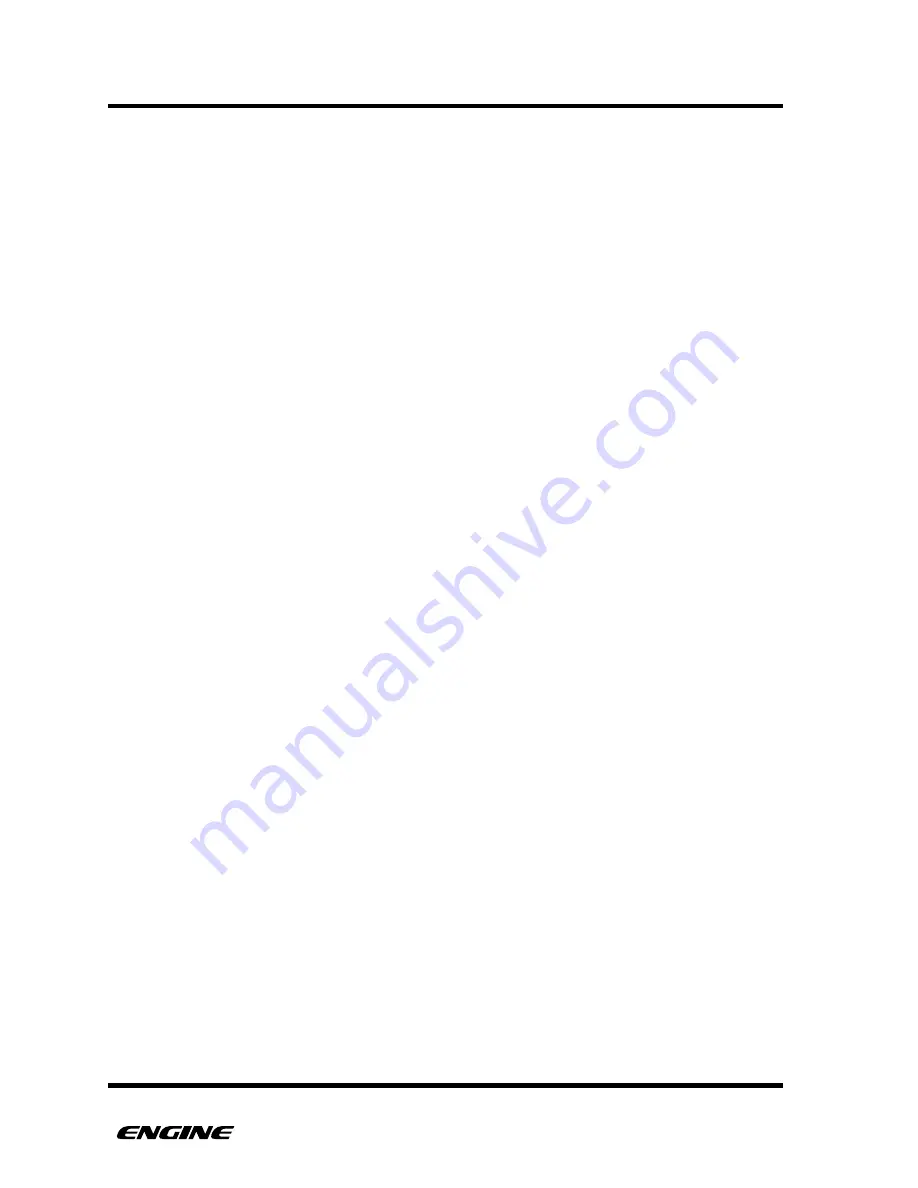
QUICK START
12.If the sequencer is already running, you should hear and see the song progress
from snapshot 1 to snapshot 2. The LEDs and display will change to show the song
progress. After playing snapshot 2, the song loops back to snapshot 1.
Now that you know how to create patterns, snapshots and songs, you can explore
polyphonic programming, drum programming, realtime recording, arpeggios and drum
rolls and more across all eight tracks!
USER GUIDE
18
Summary of Contents for Quicksilver 303
Page 1: ...m u l t i t r a c k s e q u e n c e r USER GUIDE Social Entropy Electronic Music Instruments ...
Page 2: ......
Page 4: ......
Page 14: ...THE BASICS USER GUIDE 5 ...
Page 16: ...FRONT PANEL USER GUIDE 7 ...
Page 22: ...QUICK START USER GUIDE 13 ...
Page 28: ...REFERENCE GUIDE USER GUIDE 19 ...
Page 147: ...MIDI IMPLEMENTATION CHART ...
Page 148: ......
Page 149: ......
Page 150: ...USER GUIDE Copyright 2015 Social Entropy LLC v0 93 ...






























